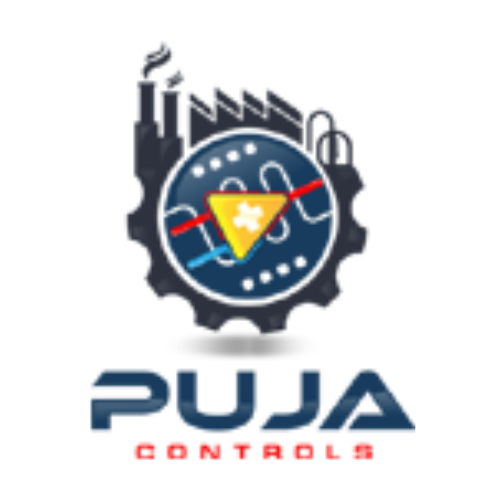In the realm of LabVIEW test automation, where precision and reliability are paramount, encountering bugs or glitches in your scripts can be a frustrating hurdle. However, with the right debugging strategies and tools at your disposal, you can streamline the debugging process and ensure the seamless operation of your LabVIEW automation scripts. In this guide, we’ll delve into effective debugging techniques tailored specifically for LabVIEW test automation scripts, empowering you to overcome challenges swiftly and efficiently.
Understanding the Basics of LabVIEW Test Automation:
Before diving into debugging strategies, it’s essential to have a solid understanding of LabVIEW test automation fundamentals. LabVIEW, short for National Instruments (NI) LabVIEW, is a powerful graphical programming platform used for test, measurement, and control applications.It involves automating test processes and procedures using LabVIEW software and hardware components like DAQ controllers.
Debugging Strategies:
Utilizing Shift Registers:
Shift registers are a crucial feature in LabVIEW programming, enabling the transfer of data between iterations of a loop. When debugging automation scripts, pay close attention to how shift registers are used within loops. Incorrect initialization or handling of shift registers can lead to unexpected behavior or data corruption, making them a common source of bugs.
Thorough Testing and Verification:
Prevention is often the best form of debugging. Before deploying your LabVIEW test automation scripts in a production environment, conduct thorough testing and verification procedures. Utilize LabVIEW’s debugging tools, such as probes and breakpoints, to inspect data flow and identify potential issues early in the development process.
LabVIEW Runtime Engine Compatibility:
Ensure compatibility between the LabVIEW Runtime Engine version installed on target systems and the version used to develop your automation scripts. Mismatched versions can result in runtime errors and compatibility issues, hindering the execution of your scripts. Regularly update both development and deployment environments to mitigate this risk.
Seeking LabVIEW Consulting Services:
Sometimes, debugging complex LabVIEW test automation scripts may require expertise beyond your team’s capabilities. Consider engaging LabVIEW consulting services or hiring experienced LabVIEW developers to assist with debugging and optimization efforts. These professionals can provide valuable insights and solutions tailored to your specific challenges.
Harnessing LabVIEW Support Resources:
National Instruments offers extensive support resources for LabVIEW users, including documentation, forums, and online communities. When encountering stubborn bugs or issues in your test automation scripts, leverage these resources to seek assistance from the LabVIEW community or NI support specialists. Often, fellow developers or NI experts can offer valuable guidance and troubleshooting tips.
Thorough Error Handling:
Implement robust error handling mechanisms within your LabVIEW test automation scripts to gracefully handle unexpected errors or exceptions. Utilize error clusters, error handling VIs, and custom error codes to capture and report errors effectively. Proper error handling not only facilitates debugging but also enhances the reliability and maintainability of your automation solutions.
Optimizing Performance:
Performance optimization is an integral aspect of debugging LabVIEW test automation scripts, especially for high-throughput or real-time applications. Identify and eliminate performance bottlenecks using LabVIEW profiling tools and performance analysis techniques. Streamlining code execution and resource utilization can significantly enhance the overall efficiency and responsiveness of your automation scripts.
Integrating LabVIEW Data Acquisition Systems:
It often involves interacting with data acquisition (DAQ) systems to acquire and process measurement data. Ensure seamless integration between your automation scripts and DAQ controllers, verifying communication protocols, device compatibility, and data transfer mechanisms. Debugging issues related to DAQ integration requires thorough testing and validation of hardware configurations and software interfaces.
In conclusion, mastering debugging strategies for LabVIEW test automation scripts is essential for ensuring the reliability, efficiency, and scalability of your automation solutions. By understanding LabVIEW fundamentals, utilizing shift registers effectively, conducting thorough testing, and leveraging support resources, you can tackle debugging challenges with confidence. Whether you’re developing LabVIEW automation scripts in-house or seeking assistance from LabVIEW consulting services, prioritize proactive debugging practices to optimize your test automation workflows and drive continuous improvement in your testing processes.

